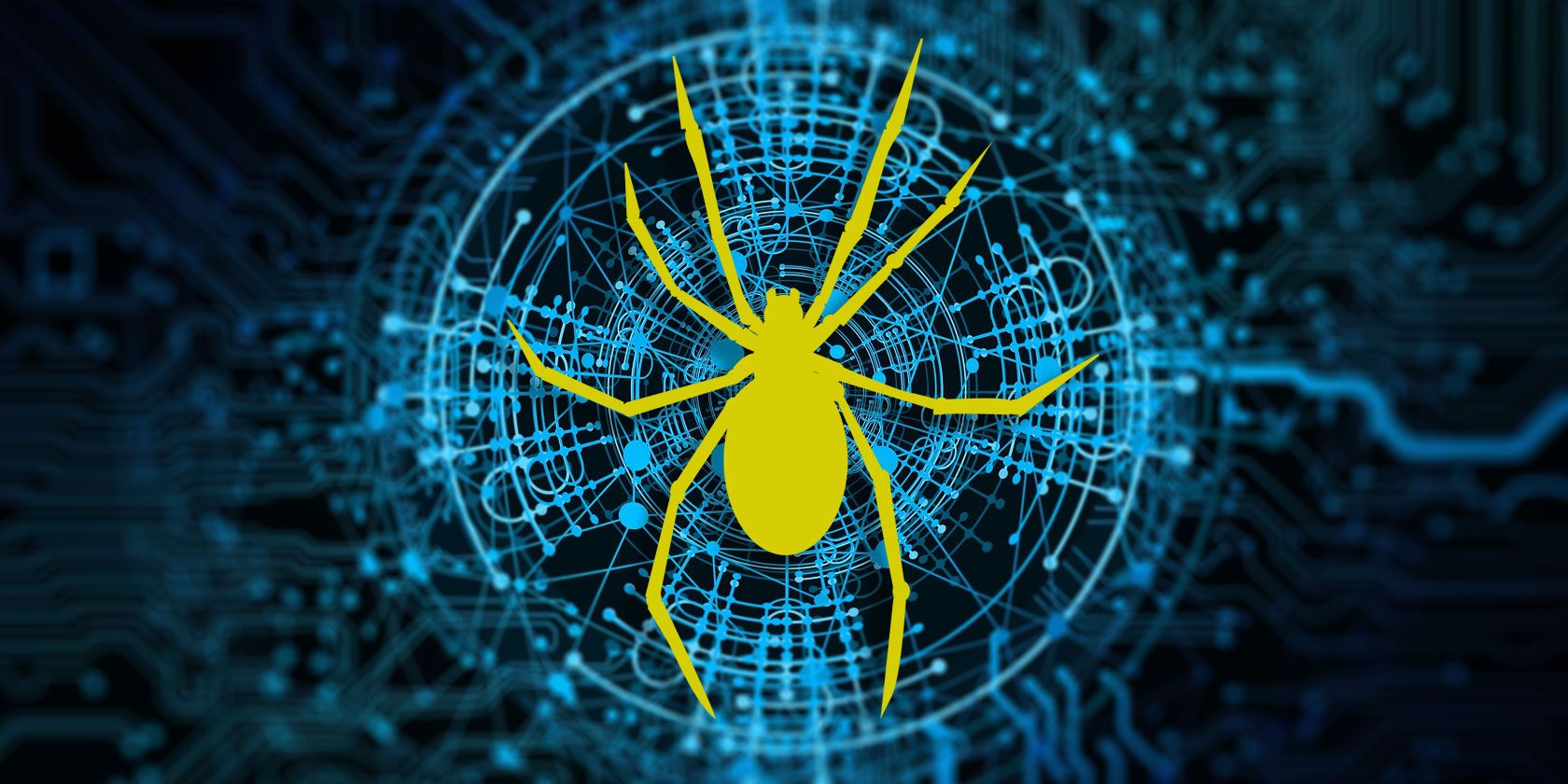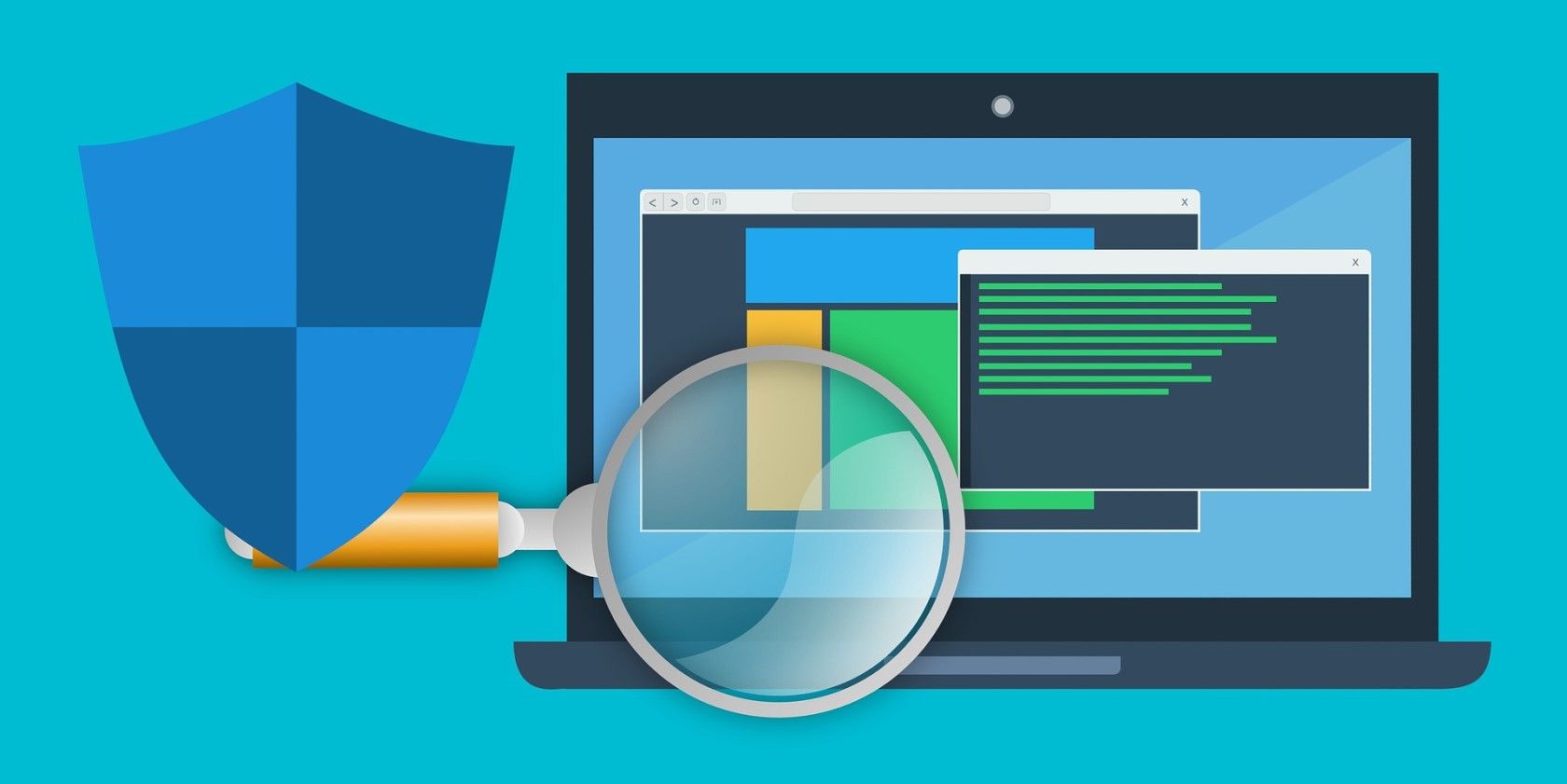The TrickBot malware was originally designed to steal banking credentials but has slowly evolved into a multi-purpose platform that now poses a grave risk to home-based computers and networks.
Let us find out how this malware is distributed, the types of risks it poses and what can we do as computer users to protect ourselves.
Background on the TrickBot Malware
TrickBot, also known as TrickLoader, emerged in 2016 as a Trojan virus that was devised to dupe financial services and users of online banking. By stealing banking credentials, the virus would initiate fake browsing sessions and carry out fraudulent transactions straight from the victim's computers.
Due to its modular nature, this malware has now transitioned into a full-on platform complete with various plug-in modules, crypto-mining capabilities, and a never-ending association with ransomware infections.
What's worse, the threat actors behind its operation are constantly updating its software to make it as invincible as possible.
How Is the TrickBot Distributed?
Historically, this malware is spread through phishing and MalSpam attacks; these remain the most prominent ways for its spread.
These methods mainly include spearphishing campaigns that use customized emails with malicious links and attachments sent to recipients. Once these links are enabled, the TrickBot malware is distributed.
The spearphishing campaigns can also include lures like invoices, fake shipment notices, payments, receipts, and many other financial offerings. Sometimes, these offerings can also be inspired by current events. TrickBot is also three-and-a-half times more likely to affect home office networks compared to corporate networks.
In a corporate environment, a TrickBot can be spread through the following two methods:
Network Vulnerabilities: TrickBot normally exploits an organization's Server Message Block (SMB) Protocol to propagate. This protocol is the one that allows Windows computers to disperse information between other systems on the same network.
Secondary Payload: TrickBot can also be spread through secondary infections and other strong Trojan malware such as Emotet.
What Risks Does the TrickBot Malware Pose?
Since its inception, TrickBot malware has been a grave concern for all types of users but over time, it has expanded into modular malware which makes it easily expandable.
Here are some risk factors posed by TrickBot.
Credential Theft
TrickBot is designed to steal a user's private data. It achieves its mission by stealing login credentials and browser cookies when users are doing online banking sessions.
Backdoor Installations
TrickBot can also enable any system to be accessed remotely as part of a botnet.
Privilege Elevations
By spying on targets and gaining system access and information, this malware can provide high privilege access to its controllers like login credentials, email access, and access to domain controllers.
Downloading of Other Types of Malware
TrickBot can enable the download of other malware.
Essentially a Trojan, TrickBot lands on your device disguised as innocent email attachments or PDF documents but once inside a system, it can wreak havoc by downloading other malware such as the Ryuk ransomware or Emotet.
Self-Modification To Avoid Detection
Due to its modular nature, each instance of TrickBot can be different from others. This provides cybercriminals with the leverage to customize this malware to make it less detectable and noticeable.
Its newer variants such as the "nworm" are now designed to leave no traces behind on a victim's device as they completely disappear after a shutdown or reboot.
How to Remove TrickBot Once Detected
Even the most intimidating malware can have developmental flaws. The key is to find those flaws and exploit them in order to defeat the malware. The same holds true for TrickBot.
A TrickBot infection can be removed manually or through the use of robust antivirus software like Malware Bytes which is designed to remove this type of malware. Removing it using an antivirus suite provides a better outcome as manual removal can be complicated at times.
After determining the infection vector, the infected machine should be disconnected from the network as soon as possible and all administrative shares should be disabled.
Once the malware is removed, all account credentials and passwords should be changed throughout the network to prevent future infections.
Tips To Protect Against the TrickBot Malware
In order to protect yourself from any malware infection, it is important to understand how they work. Here's how to protect yourself against the Trickbot.
- Offer phishing, cybersecurity, and social engineering training to all employees. If you are an individual home user then try to educate yourself on phishing attacks and stay away from suspicious links.
- Look for possible IOCs (Indicators of Compromise) by utilizing tools that are specifically designed to detect malware like TrickBot. This will help identify infected machines on your network.
- Isolate the identified and infected machines as soon as you can to prevent further spread.
- Download and apply patches that take into account the type of vulnerabilities that TrickBot exploits.
- Disable all administrative shares and change all local and network passwords.
- Invest in a multi-layer cybersecurity protection program—specifically the ones that can detect and block such malware in real-time.
- Always apply the principle of least privilege (POLP) that ensures users have the minimum level of access required to fulfill their tasks. Administrative credentials should only be designated to administrators.
- Consider crafting a suspicious email policy so that all suspicious emails are reported to your IT or security departments.
- Block all suspicious IP addresses at the firewall level and implement filters for emails with known MalSpam indicators.
Security Is More Important Than Ever
TrickBot malware was designed for stealing banking information and ransomware deployments, but has now morphed into modular malware that can evade detection and transform into other types of malware attacks.
With new types of malware and viruses sprouting up, the number of cybersecurity incidents is also growing at an alarming pace. That's why it's imperative to protect our personal and business data from security threats.
Following good security hygiene and security protocols can provide us with the peace of mind that we are doing everything in our power to beat TrickBot or any other malware.





